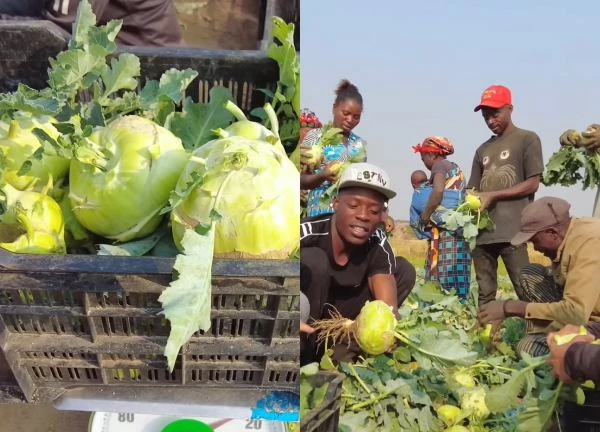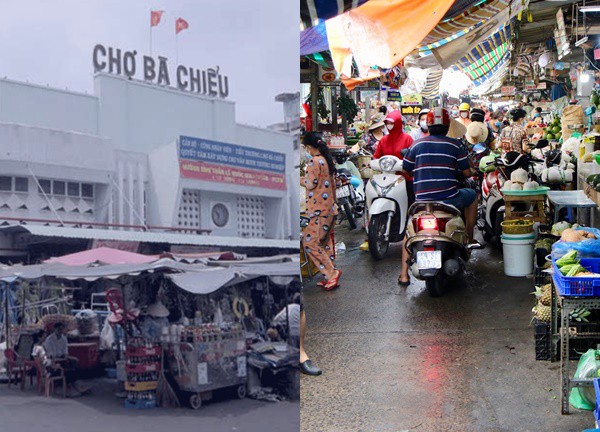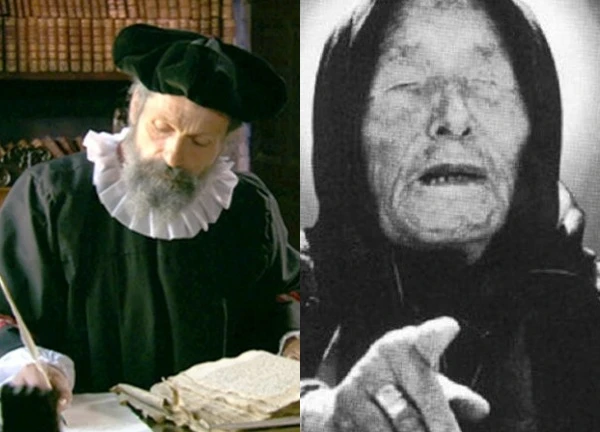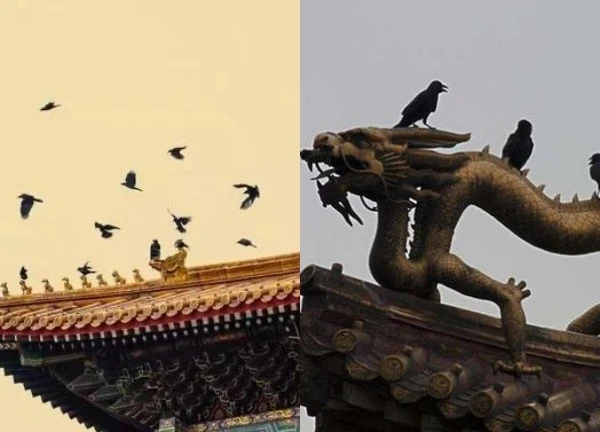Rare tuber where Quang Linh lives, sky-high price but still people compete to buy

3 | 1 Discuss | Share
Durian is now rising to the position of "king of fruits" in Vietnam, joining the "billion dollar" agricultural product group when it brings in an export value of about 3.2 billion USD in 2024. In one commune, there are even more than 300 households in the commune with an income of over 1 billion VND/year.
Accordingly, Ha Lam commune, Da Huoai district, Lam Dong province is famous for growing durian. Currently, there are 2,300 hectares of durian, of which 1,800 hectares are being exploited for business.
Every year, the durian harvest season in Ha Lam commune begins in May and ends in mid-July. According to statistics, in the 2024 crop season alone, Ha Lam commune harvested nearly 20,000 tons of durian.
It is known that most of the durian output here will be purchased by facilities in Da Huoai district and neighboring localities for export to the Chinese market.
Thanks to high yields and good prices, in the 2024 crop season, 2 households earned over 10 billion VND and 300 households earned over 1 billion VND from growing durian.
Ha Lam commune leaders said that durian and cashew are the two main crops of the commune. Since 2006, local people have focused on developing durian. By 2010, the durian acreage here had also expanded significantly.
After that, realizing that durian trees bring high and stable income, Ha Lam commune authorities encouraged people to try to maintain the planting area and focus on durian quality. Because if the product is of poor quality, it will affect the purchase quantity as well as the price.
Ha Lam commune has a natural area of 124km2 and a population of about 7,700 people. In 2024, the commune's average income per capita will reach over 110 million VND/person/year.
Ha Lam is located in the north of the center of Da Huoai district with National Highway 20 running along the commune, along the road are successive fruit gardens. "It is not without reason that we choose durian as the main crop" - Mr. Pham Doan Thanh, Chairman of the People's Committee of Ha Lam commune said.
Durian in this land has been famous since the French colonial period, with excellent quality, and until now it still lives up to its reputation. During the season, bustling traders flock here to buy fruit, buying Ha Lam durian to take everywhere.
In Vietnam, durian is the common word used to refer to the fruit of the durio zibethinus tree. Durio is the genus name, and zibethinus comes from the name of the civet (viverra zibetha). It is believed that the name zibethinus comes from the fact that civets love to eat durian (durian is often used as bait for civets), or that durian fruit smells like civets.
Durian originated in Malaysia, the natives called it durian, derived from the word duri (thorn) in Malay combined with the suffix -an. In other words, duri is a thorny fruit (due to its thorny shell), however in Vietnam, this name is used for another fruit: "the thorny fruit [ie pineapple] is a fragrant fruit" (Phu bien tap luc, volume 2, Le Quy Don).
Etymologically, according to the Oxford Dictionary, in the West, durian was originally called durion (in a 1588 translation by Juan González de Mendoza). The earliest appearance of durian in European texts was by Nicolo da Conti (Italian) after he arrived in Southeast Asia around the 15th century.
Nowadays, durian is often called in 3 ways: (a) durian in Malay (or Indonesian), for example in English, French, Italian, German, Spanish, Romanian, Norwegian...; (b) durio in the genus name of this group of trees, for example in Portuguese; or (c) in the native language, such as dáraaldin (Icelandic); canuuni (Somalia); dorian (ドリアン) - Japan; thurian (Ũ7;ุเũ9;ีũ8;Ũ9;) - Thailand or lúlián (榴槤, liúlián) - China...
In Vietnam, the name "durian" originates from two hypotheses:
(a) from the fairy tale The Legend of the Durian, about a Vietnamese man who went to Cambodia and brought a strange fruit called tu-ren (in Khmer) back to Vietnam to grow. The villagers called the fruit durian.
(b) In the article History of durian by Nguyen Cong Huan published in Van-hoa Nguyet-san (1955), it is said that from the beginning of the 19th century in Saigon (at that time called Tay Cong), durian was called jackfruit. This is a fruit of Malaysia, called "Doerian or Dourian"... later called "dau-riang" by a foreigner who had just learned Vietnamese, many people called it that way, finally it became "the funny name Sau-rieng" (p.792).
The legend of the durian is a fairy tale written after the name "sầu riêng" was already used in Vietnamese. The hypothesis from the article "History of the durian" seems more reasonable. Calling durian "mit gai" seems less common, even though the nursery rhyme about the game of hide and seek has the two opening lines "mit mat, mit gai, muoi thap thuc mit".
British Royal Women Must Always Wear Hats and the Curse on the Crown Queen of England  JLO17:07:27 13/01/2025Royal women are required to wear hats at public events, a rule officially recorded in a 1952 decree. The UK's leading TV channel also shared that this may have religious roots.
JLO17:07:27 13/01/2025Royal women are required to wear hats at public events, a rule officially recorded in a 1952 decree. The UK's leading TV channel also shared that this may have religious roots.

3 | 1 Discuss | Share

1 | 1 Discuss | Share

3 | 1 Discuss | Share

3 | 1 Discuss | Share

1 | 1 Discuss | Share

2 | 1 Discuss | Share

3 | 1 Discuss | Share

3 | 0 Discuss | Share

3 | 0 Discuss | Share

2 | 0 Discuss | Share

3 | 0 Discuss | Share

3 | 0 Discuss | Share










3 | 0 Discuss | Report